Flemish Olivier Segers works as a senior lecturer and researcher in applied science at Zuyd University of Applied Sciences, Lecturer Advanced Materials. He uses microorganisms to produce valuable molecules.
This eye-opener was produced in collaboration with Regieorgaan SIA.
What exactly do you research?
I don’t do the research myself, it’s done by students from the Applied Science programme. This subject, Blackteria, falls under the sustainable chemistry theme within the lectorate. We educate our students from a contextual point of view. I have been working at Zuyd for 11 years and I really enjoy it. It is great to work with students on projects that are relevant to the region. We do everything for and with companies, so we combine education with industry. The Blackteria research is also carried out in the CHILL lab.’
What do you like about this project?
’It comes from the fundamental level and goes all the way to the application level. You feel you are making a direct contribution to a sustainable society. It’s also nice for the students not to be doing a simulated project. Here they have a real company as their client.
We are going to make ultra-black melanin pigment in a different way. That is the main goal. It is not made in the most sustainable or safe way at the moment. We use bacteria that make it for us when we give them a raw material. The bacteria become the factory and make the pigment on the surface. Normally you have to get the pigment out of the bacteria, which is an extra step. We make sure that they make the pigment on the surface. The difference is in getting it pure, which is much easier and potentially cheaper if the pigment is on the outside.’
Where do you stand now?
’We can make the melanin itself quite efficiently. Now, it is time to find interested companies who want to use the pigment. In addition, we would like to make the pigment an ultra-black pigment. Depending on how you process it on a surface, it can turn ultra-black. We have seen this in deep-sea fish. Their skin cells are shaped to absorb all light. This is how they camouflage themselves and escape predators. We want to simulate that to get ultra-black melanin.’


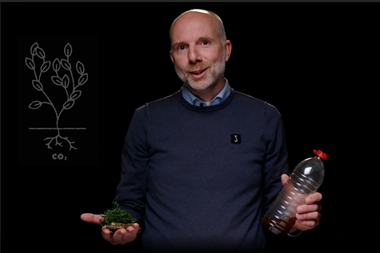
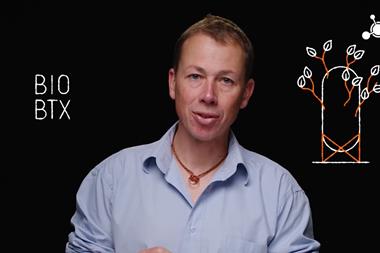
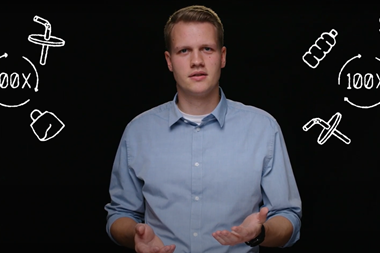

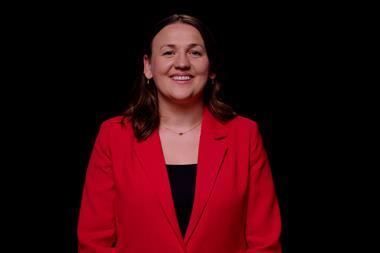

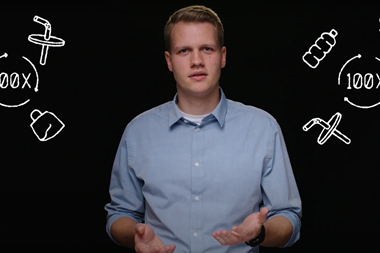
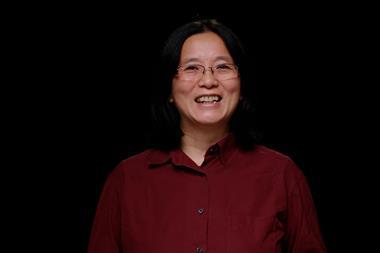










Nog geen opmerkingen